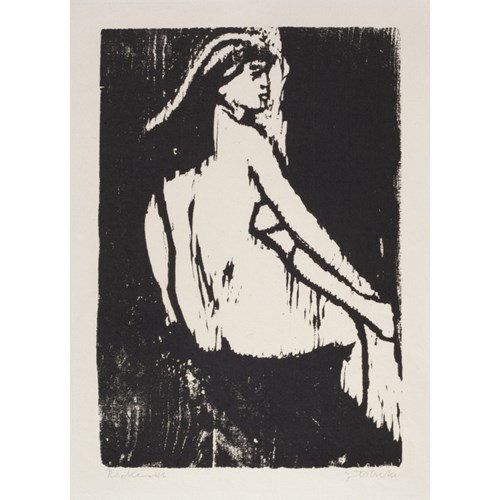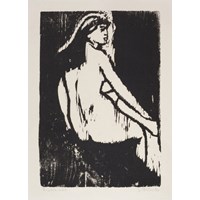Hubert Berke
Artist and illustrator (1908 - 1979)

Hubert Berke was born 22 January 1908 in Buer, Westfalla, Germany and died 24 November 1979 in Cologne.
Berke was one of the few German artists active after World War II who was successful both as an abstract and as a representational artist.
He spent 7 years after graduation at a Capuchin cloister, studying to prepare himself to be a missionary to China. He spent intensive hours studying the cloister’s art collection and then decided to become an artist.
He studied at the academies in Königsberg and Düsseldorf, where he was a student of Paul Klee. In 1934, he moved to Cologne and had his first one-man show at the Wallfraf-Richartz museum in 1936.
With Fernand Moeller as his dealer, he gained recognition in the same year in Berlin. Primarily a draughtsman working in crayon and charcoal, Berke received the Cornelius Prize in 1948. In the 1930s, he began to work as a book illustrator, an occupation well-suited to his style which has been labelled “painted graphics”.
After the war, he became a member of the group Zen 49.He settled in Alfter, a village near Bonn, where he worked in both abstract and representational styles and in a variety of media. (ref: Lawrence University, USA, online).
